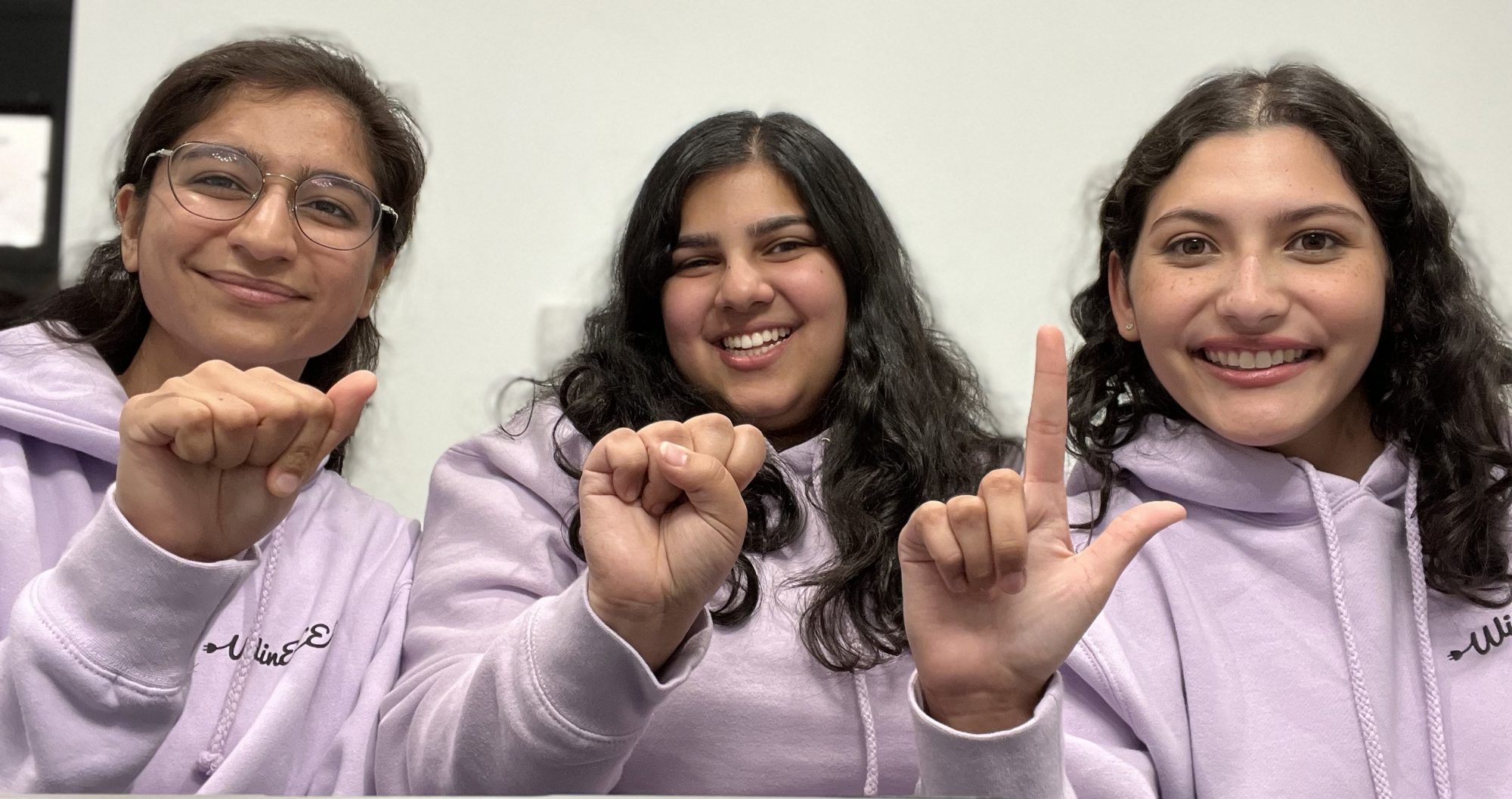This week, I worked with my team on the design review, with the main deliverables being the presentation and the report. I personally worked on creating 15 more iterations of testing data, with the 15 communicative and dynamic signs that I was assigned. I also helped create diagrams for the design presentation, specifically with the microservice architecture we used to describe our neural network separation.
Currently our project is on schedule but we definitely feel a little bit of the time pressure. We have not yet begun training our ML model because we only finalized our neural network type during the design review this week. Additionally, all of us are very busy with midterms and writing the design report so we haven’t done as much work as we wanted to on the project implementation itself. To account for this, we plan to meet more frequently as a team and extend some tasks past spring break in our schedule (such as creating testing data).
Next week, I hope to work with my team to complete the design report where I am primarily responsible for the introduction, use-case requirements, testing, and Project Management sections of the report.

